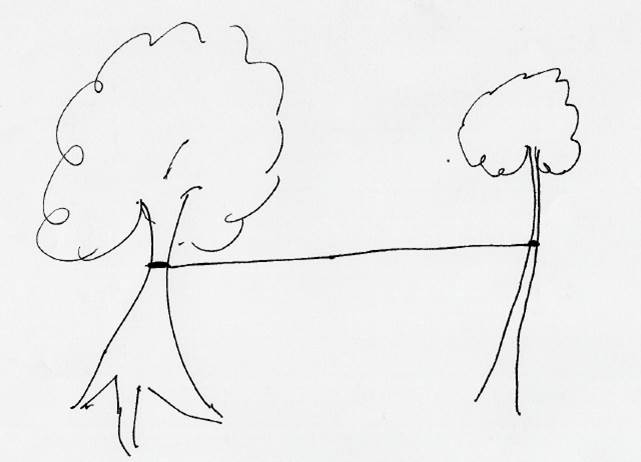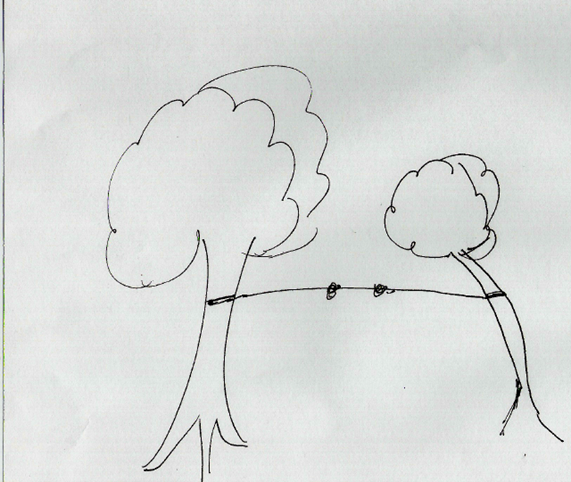Stretching Shouldn’t Hurt!
Have you ever felt so tight when you tried to move a joint that you decided to stretch? The odds are that you answered “yes” to that question. However, many people complain that they feel worse after stretching than they did before stretching.
These past two weeks we took a look at how muscles move the body, and why muscles cause pain. Then we looked at why strengthening isn’t always the best thing to do, in fact how it could even cause more pain. And finally today we’ll discuss why stretching can actually cause muscles to tear. I call this the Stretching Misconception.
Before getting into the specifics of the stretching misconception there are two words that need to be clarified. Many people confuse the word “spasm” with “cramp”. A cramp (also called a “Charlie horse”) normally involves all of the fibers of a muscle, and is when a muscle suddenly contracts totally. A spasm is like tying a knot in the center of the muscle and while it may only involve a few fibers; there can be multiple spasms throughout the muscle. Each spasm feels like a bump when you slide your fingers deeply down the length of the muscle. These spasms normally form over an extended period of time, often from repetitive strain on the muscle fibers. Spasms are at the heart of the stretching misconception, so it is important that you think of a spasm as a knot in the muscle fibers in order to understand why it can hurt to stretch.
As I mentioned in Part I of this series, a muscle begins on a stationary bone, crosses over a joint, and then inserts into a moveable bone. When the muscle pulls on the moveable bone, the joint moves, however, if the muscle has a “knot” in it you can actually cause micro-tears to the fibers as you stretch.

Think of this analogy: visualize a strong tree with a rope tied to it. The rope is the perfect length to attach to a flexible tree without bending the second tree.

However, if you tied a knot in the rope, the tree would bend.
If you tied a second knot, the tree would bend even further. If you then tried to stretch the rope so the flexible tree was standing straight, you would cause the knot to get tighter and the remaining rope would have to overstretch on both sides of the knot in order for the flexible tree to stand up straight.
This is exactly what is happening when you have a spasm, or multiple spasms, in your muscle. As you stretch you are causing the knot within the muscle to get tighter, and you are also causing the fibers on either side of the spasm to overstretch. This overstretching may cause the fibers to actually tear either along the length of the muscle, or where the fibers attach to the bone at either end of the muscle. This can be avoided by simply applying deep pressure onto the spasm, hold still for 60 seconds, release the pressure for 5 seconds and then apply pressure again. Do this several times, forcing the H+ ions out of the muscle fibers and drawing blood into the fibers to heal the muscle. By massaging the muscle to release the spasm before you stretch you can then safely stretch without damaging the muscle.
It’s now easy to understand why the repetitive movements that you do on a regular basis will cause the muscle to ultimately shorten into knots that we call spasms or trigger points. As I mentioned, when you try to stretch a spasm you can be causing yourself potential problems, and may even tear the muscle fibers.
Fortunately there is a solution. First you need to release the spasms that are causing the muscle to tie up into a knot, and then you can safely stretch. TriggerPointYoga was designed and developed to first eliminate the spasms in the muscle you will be stretching, and then continues to give four separate session of traditional yoga poses – two for the upper body and two for the lower body. You will gain flexibility and range-of-motion without injuring your muscle fibers.
Wishing you well,
Julie
